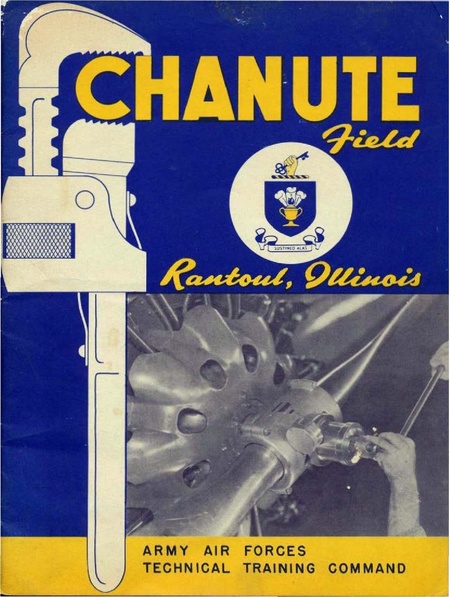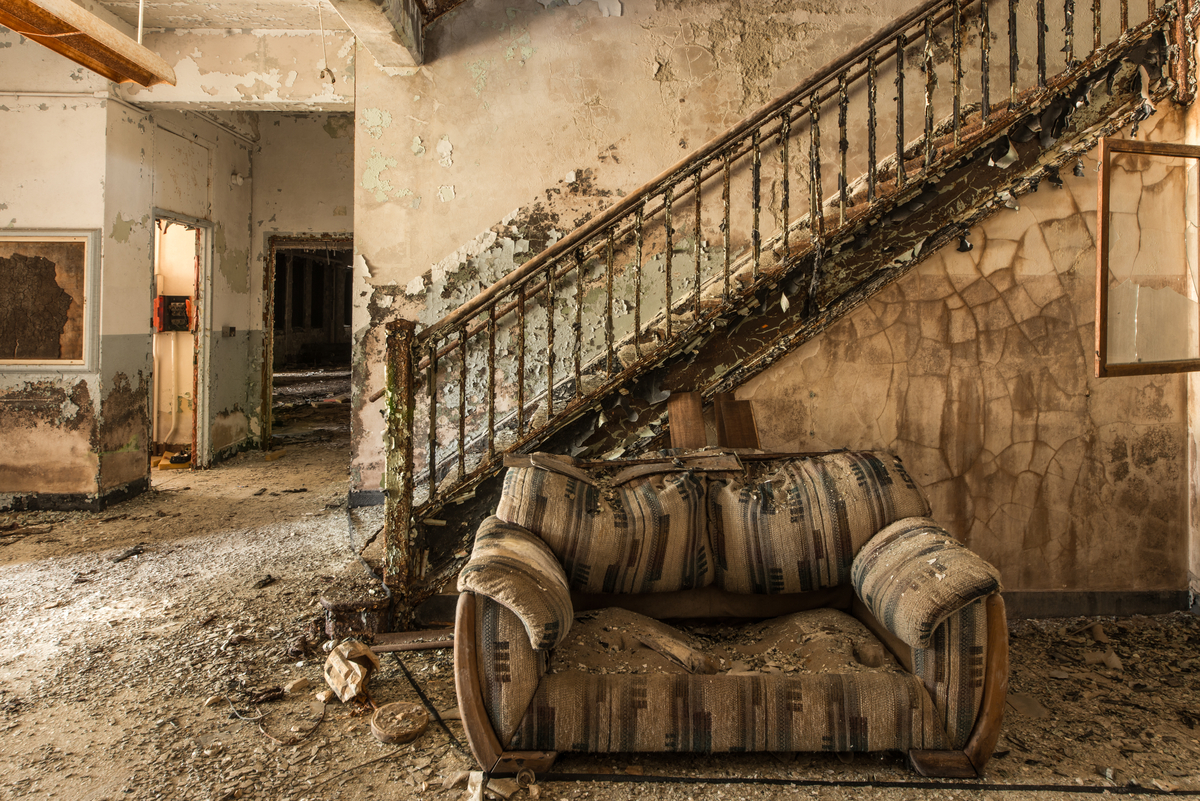Chanute: In April 1917, during the First World War in Europe, the United States realized that they were falling behind in terms of airpower. They had about 250 aircraft equipped with the Army Signal Corps Aviation Division. In comparison, France had about 1,500 aircraft.
Construction & First World War
Congress immediately decided to allocate funds of $640 million to develop the US Air Service. After that, the War Department opened ground schools in eight colleges and established 27 airfields for training pilots.
At that time, Rantoul, Illinois (130 miles south of Chicago) had the perfect territory for military use. It had plains perfect for aviation, and the city was located fairly close to the Illinois Central Railroad as well as the ground school at the University of Illinois.
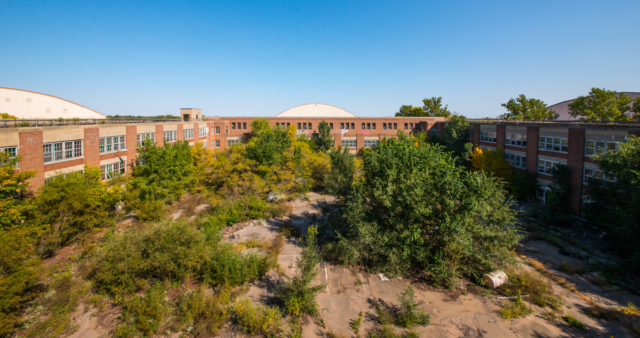
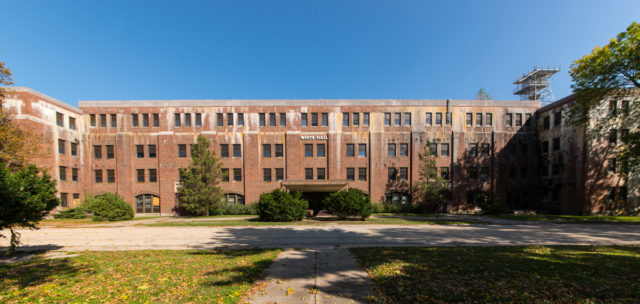
On May 22, 1917, a contract was signed for the construction of Chanute Field with English Brothers Construction of Champaign. The original airfield was built exactly two months later, on July 22, 1917, utilizing a workforce of 2,000 people and 200 horses.
When all construction had been completed, the cost came to about $1 million.
The construction of the Field had a significant influence on Rantul since many people and workers were drawn to the city. Until August 20, 1917, the Field was open to visitors, but eventually visitors had to be kept out because they were distracting the pilots from their training.
The airfield got its name in honor of a pioneer in aviation, an engineer who had advised the Wright brothers: Octave Chanute.
After the official opening, the Field began to train pilots who would go on to fly in the First World War. The Air Service Flight School offered an eight-week course for new aviation cadets. It immediately became the primary training center for pilots and support staff and remained so for another 75 years.
After the end of World War I in November 1918, Chanute Field was converted into a warehouse for aircraft engines. There were about 30 employees on the site.
There was a lot of talk about closing the Field for good. During the First World War, there had been a strong need to build a base very quickly, but it appeared that Chanute Field had outlasted its usefulness.
In August 1919, Washington recommended closing the facility. Only a few months later, Congress approved funding for the purchase of Chanute Field. However, by 1920, the site was already falling into disrepair, and work needed to be done.
In 1923, nine steel hangars were built. From then until 1938, Chanute Field provided all the technical training for the United States Air Force. However, most of the Base was made of wood, leading to several fires on the site. Eventually, in the 1930s, Chanute was rebuilt to avoid such hazards.
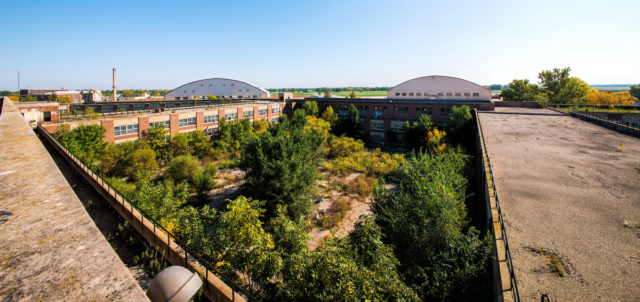
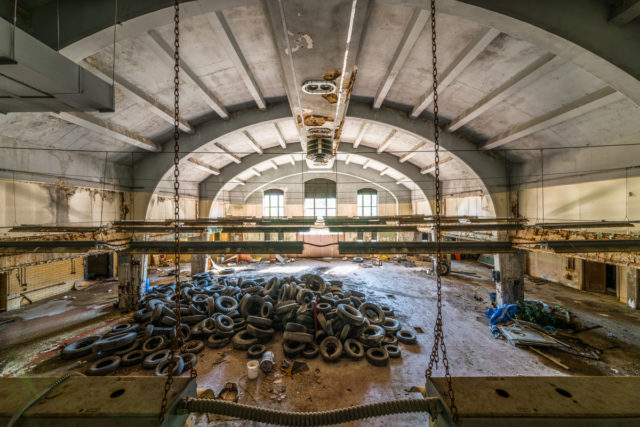
White Hall & World War II
At the end of the summer of 1938, work was carried out on the White Hall. This 500,000-square-foot building was the largest military center. Shortly before World War II, Chanute grew significantly and, as a result, needed barracks and facilities for new arrivals.
The White Hall offered many necessities of daily life, such as a hairdresser, post office, communications office, library, dining room, and training rooms.
In addition to the White Hall, a fire station and a 300,000-gallon water tower were fully completed in 1941.
At the beginning of World War II, after the attack on Pearl Harbor, the influx of new personnel was so great that it led to a shortage of housing. In January 1943, there was a peak occupation of 25,000 people. As a result, many soldiers were temporarily accommodated in tents.
In early 1944, a school for the female army corps was also founded in Chanute Field.
On January 14, 1948, the name Chanute Field changed to Chanute Air Force Base when the Air Force became a separate military service. At this time, the Base was undergoing major technological changes to accommodate the introduction of jet engines along with the technical programs necessary to support them.
In 1971, the active runway of the training mission was closed due to a lack of aircraft support requirements. But in 1977, Chanute was the primary training center for the Air-Launched Cruise Missile.
Closure
The Department of Defense decided to close Chanute on December 29, 1988, and it was recommended that some military functions be transferred to other facilities.
The Chanute Air Force facility was decommissioned on September 30, 1993. The government decided to reduce military forces due to the end of the Cold War and because of the reduced threat of future conflicts.
The closure of the base had a negative impact on the local economy. Commercial spending fell by $100 million. The cost of housing also declined, and about half of the population left the city.
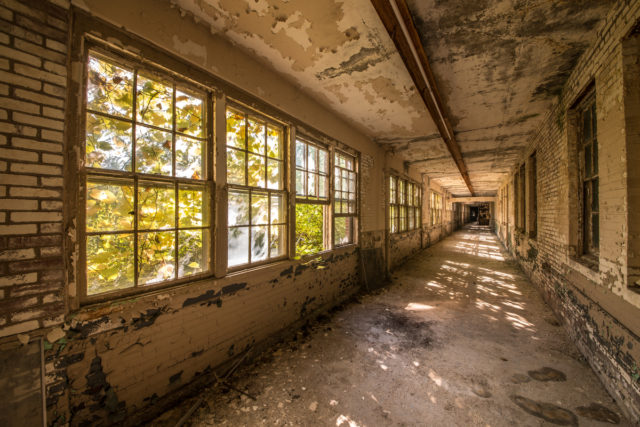
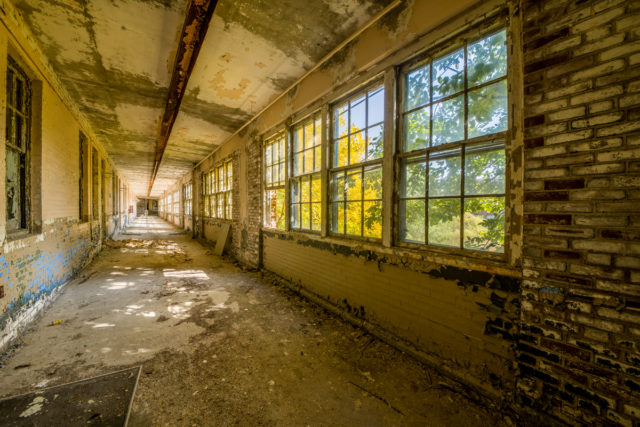
Nowadays
Sometime later, the buildings were redesigned so they could be used for civilian purposes. However, many buildings on the territory remained abandoned and are gradually being destroyed. In December 2016, the White Hall was demolished.
The city of Rantoul is recovering a little but is still suffering the negative impact of the Base’s closure.
Since the site is now privately owned, it is quite difficult to get inside. If you do manage to gain entry, you can find a large amount of graffiti in the form of messages, images of famous statues, and logos of various squadrons.
You can find photos of postcards dedicated to Chanute Air Force Base at the end of the photo gallery below. A big thank you to Walter Arnold for allowing us to share such stunning photographs of a place with such a rich history. Please check his website for more works and his amazing project Art of Abandonment.
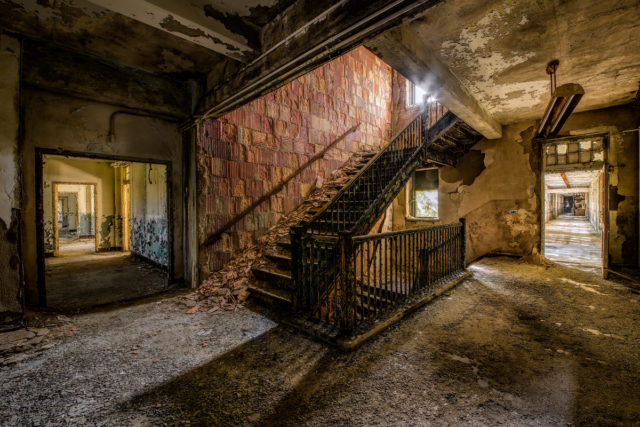
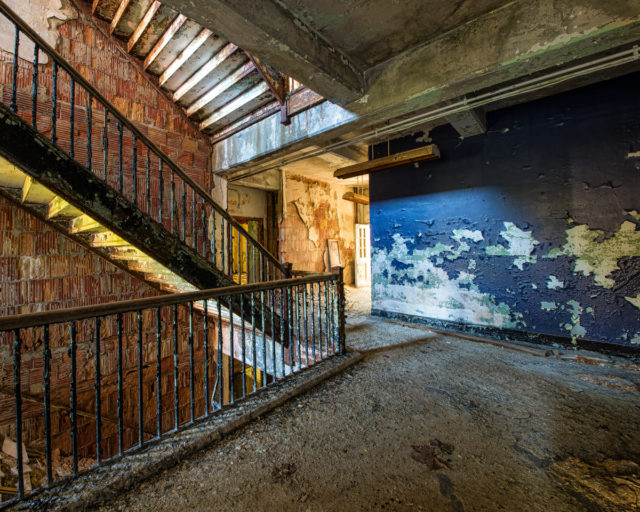
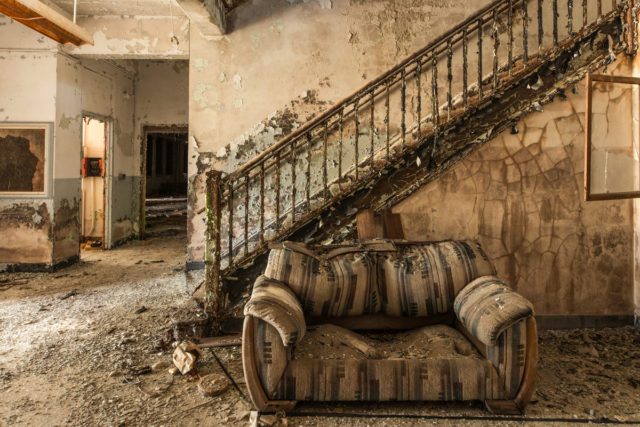
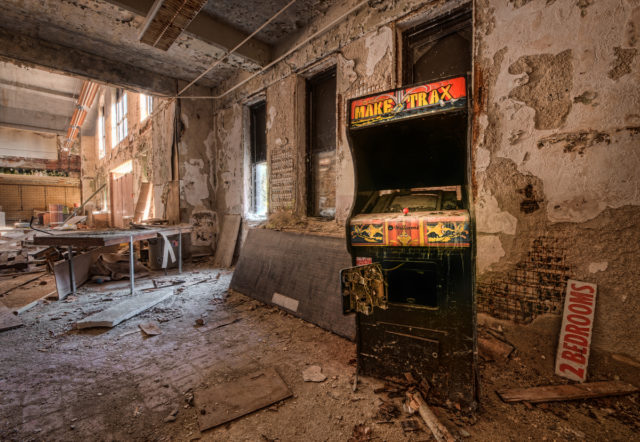
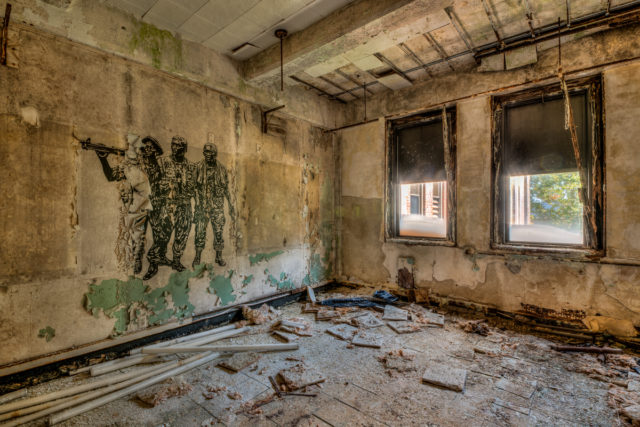
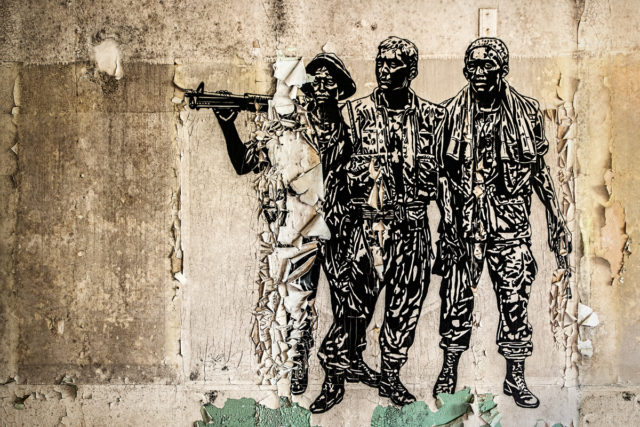
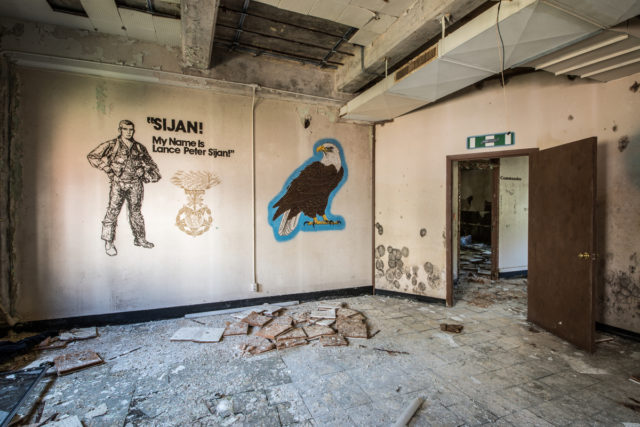
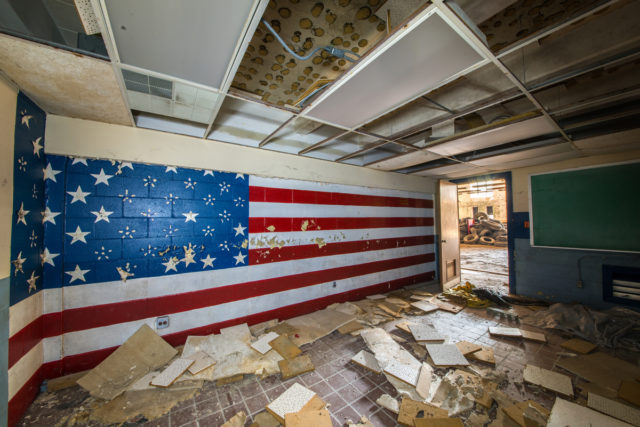
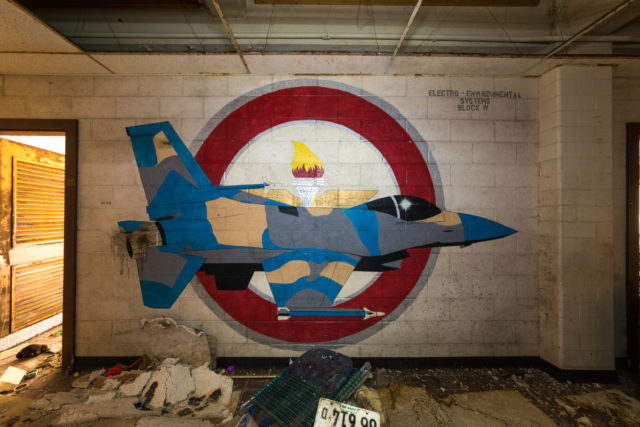
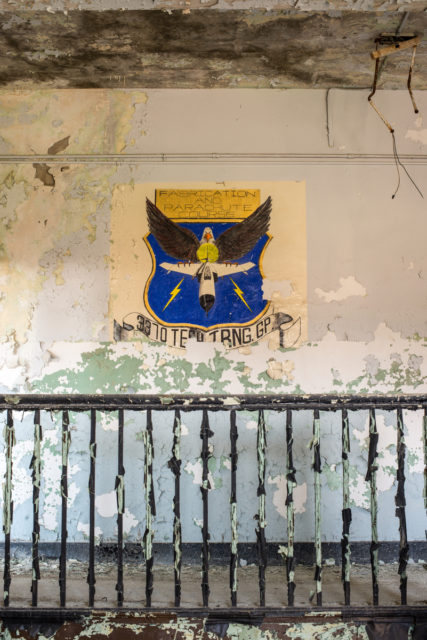
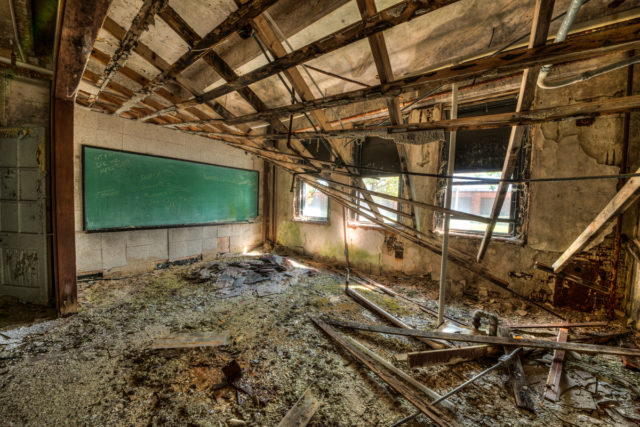
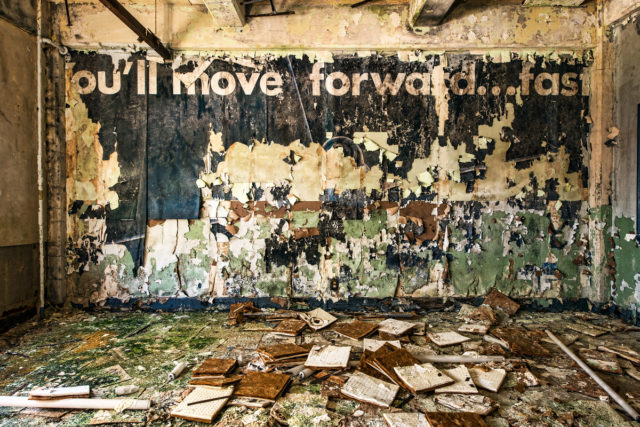
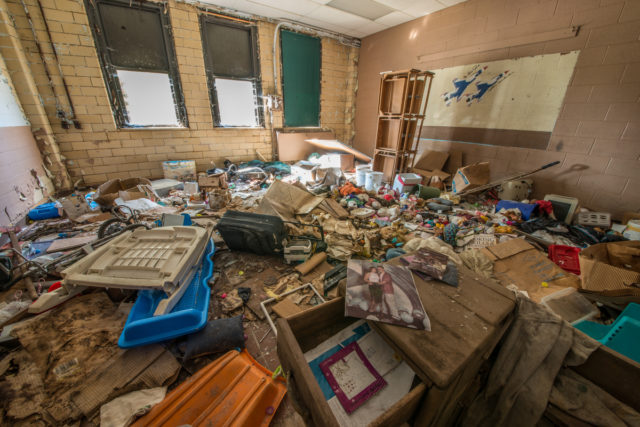
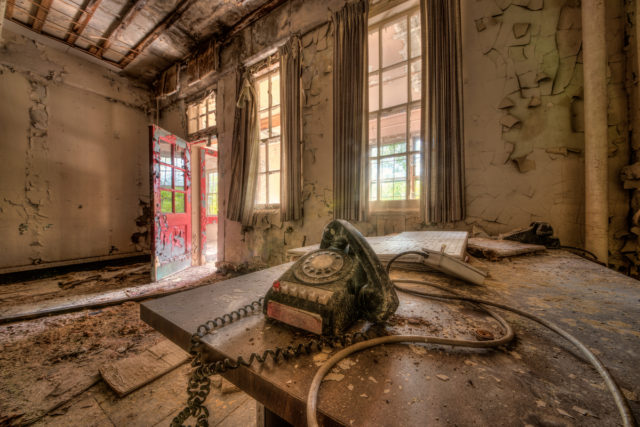
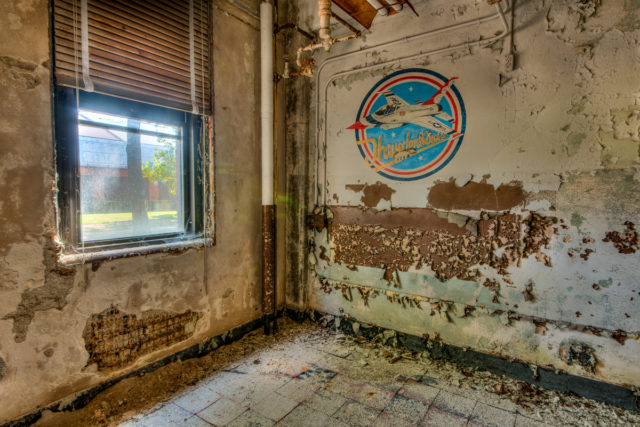
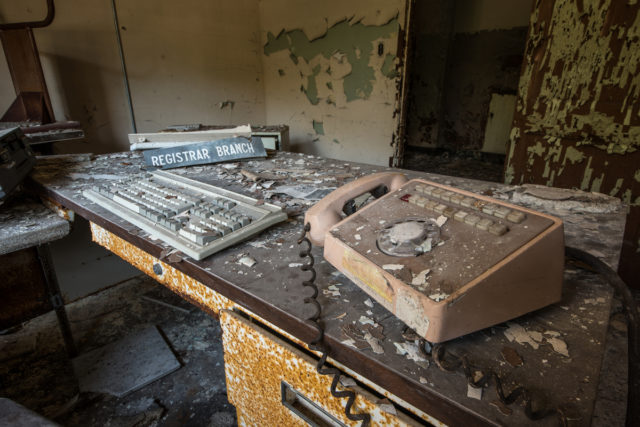
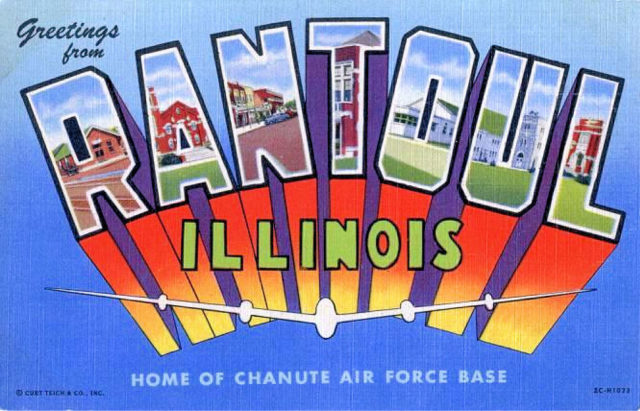
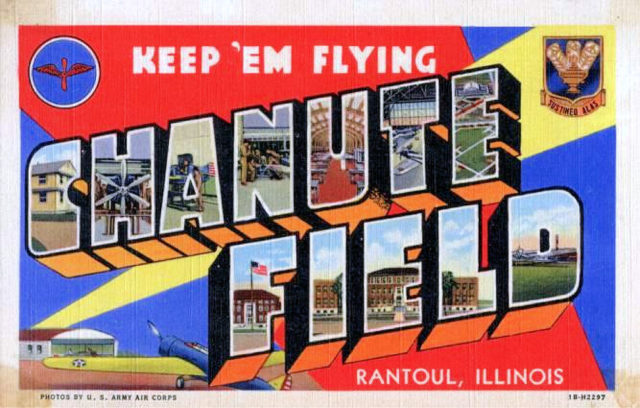
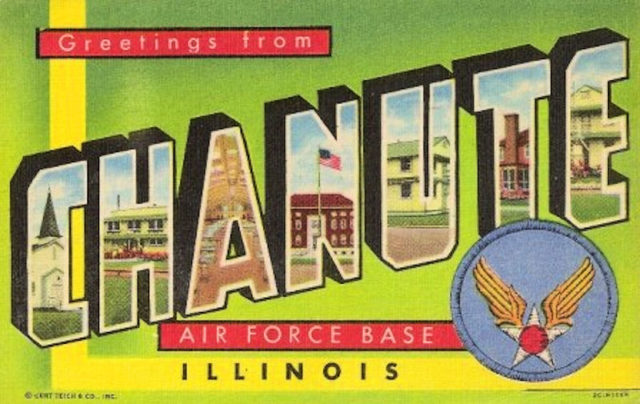
Another Article From Us: Abandoned Cambridge Military Hospital, Aldershot
